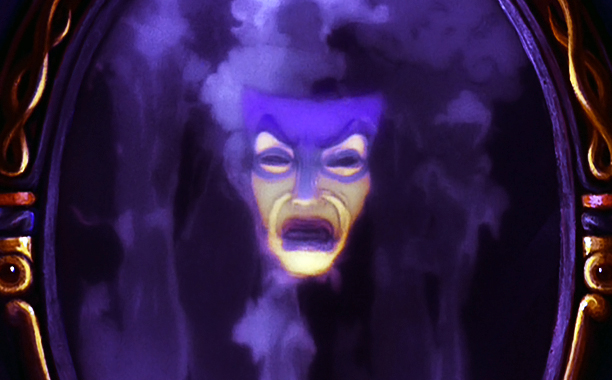Exploring Inner and Outer Conflict in Fiction
Last week we looked at the dynamics of inner conflict in our characters. Let’s dive deeper into the connection between inner conflict and the external situation to see how they work to amplify tension.
Character motivation is the lifeblood of every compelling story, and at its core lies the intricate interplays of inner and outer conflict.
In fiction, characters come alive not merely through their desires and ambitions but through the conflicts they face—both within themselves and in the external world. It’s this dynamic dance between inner turmoil and external challenges that elevates characters from two-dimensional creations to three-dimensional ones that readers can relate to, empathize with, and invest in emotionally.
To infuse your stories with meaningful conflict, we need to get to the heart of character motivation, dissecting the crucial roles that inner and outer conflict play in crafting well-rounded and engaging characters. By understanding how these conflicts shape a character’s journey, you’ll be better equipped to craft memorable characters that lodge in the hearts of readers.
Outer Conflict Sparked by Core Need and Lies
Outer conflict provides the external challenges that characters must grapple with. While inner conflict is crucial, it’s often the external conflicts that serve as the spark for inner growth. Characters need a backdrop against which their inner struggles can unfold. And that’s where your plot comes in.
Imagine a character who is determined to climb a treacherous mountain (external conflict) as a metaphor for overcoming their past traumas (inner conflict). The external conflict of conquering the mountain becomes a backdrop and a metaphor upon which the character’s inner transformation is painted.
In my novel Intended for Harm, I decided that Reuben, the firstborn, would have typical firstborn-child characteristics. Firstborn children often feel they have to be grown up. They can be overly serious and responsible. Maybe not always, but setting up Reuben to have those tendencies is believable. so what lie does he believe? That it’s his fault his mother left (very typical), and if he had been a better son, she wouldn’t have left.
I envisioned Reuben as a sweet child but a burden to his dad. I also decided, then, to make the next child, Simon, be his mother’s favorite. That exacerbates Reuben’s low sense of self-worth and the lie he believes. If he sees how much his mom loves Simon, he believes more deeply that he’s a nothing.
Reuben’s core need, of course, is to have his father love him, and by the time he’s an adult, the two of them have worked through some of this and there’s healing there. But I created a believable rocky road.
Simon has other issues. He’s been the loved child of the bunch. So when his mom bolts when he’s five, he’s furious. I gave him a hot-tempered, volatile personality. The lie he comes to believe is that all women are evil and traitorous. He’s so hurt and angry, he goes through life distrusting women.
Now, when I put Reuben and Simon together in scenes as they grow up together, you can see how their issues will color their interaction. You can picture the arguments as Reuben tries to dutifully be a better son to his new mother, whereas Simon tries to sabotage her inclusion in the family every way he can.
Your characters will clash if their core needs, fears, and lies threaten one another.
While external conflict provides the backdrop, inner conflict can act as an amplifier, intensifying the narrative’s impact. When inner turmoil takes center stage and becomes more significant than external conflict, it adds layers of complexity to the story. Take the time to create strong motivation and core need, and give each character a lie they believe about themselves and life.
Conflict Is Good for Us
Conflict, in all its forms, serves as a crucible for character growth. When metals are subjected to extreme temperatures, the impurities rise to the surface. Conflict acts similarly—forcing characters to confront themselves, their pasts, and their desires.
Conflict makes us face our flaws and weaknesses, often revealing painful truths about ourselves. It challenges our values, ethics, morals, decisions, and attitudes. The higher the stakes in a conflict, the more we have to lose, and the more we have to confront our desires and motivations.
Meaningful change in our lives often requires this honest self-assessment. It leads us to reconsider our values and pushes us to change for the better.
Conflict is a crucible that refines our character, making us stronger and more resilient. It should do the same for the characters in our stories.
As you craft your characters and their motivations, remember that conflict, both inner and outer, is a key pillar of a great story. It infuses your narrative with authenticity, depth, and resonance. So don’t be afraid to immerse your characters in the crucible of conflict. It’s in those fiery trials that the most profound truths about your characters and their motivations will rise to the surface.
Featured Photo by Dan Burton on Unsplash











